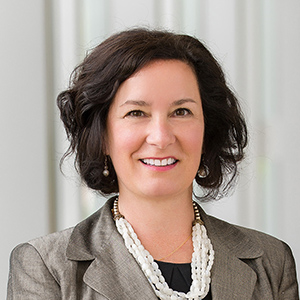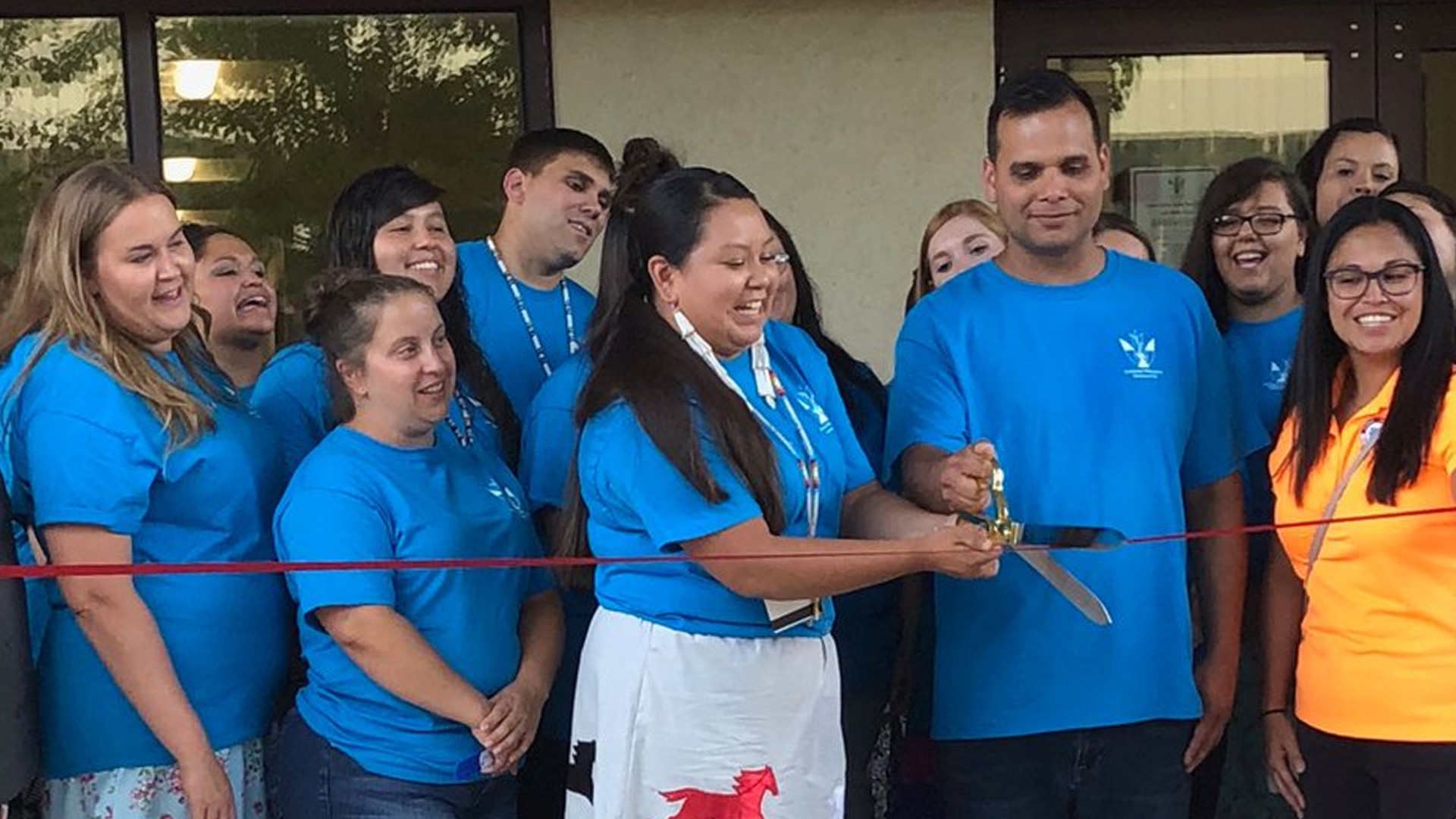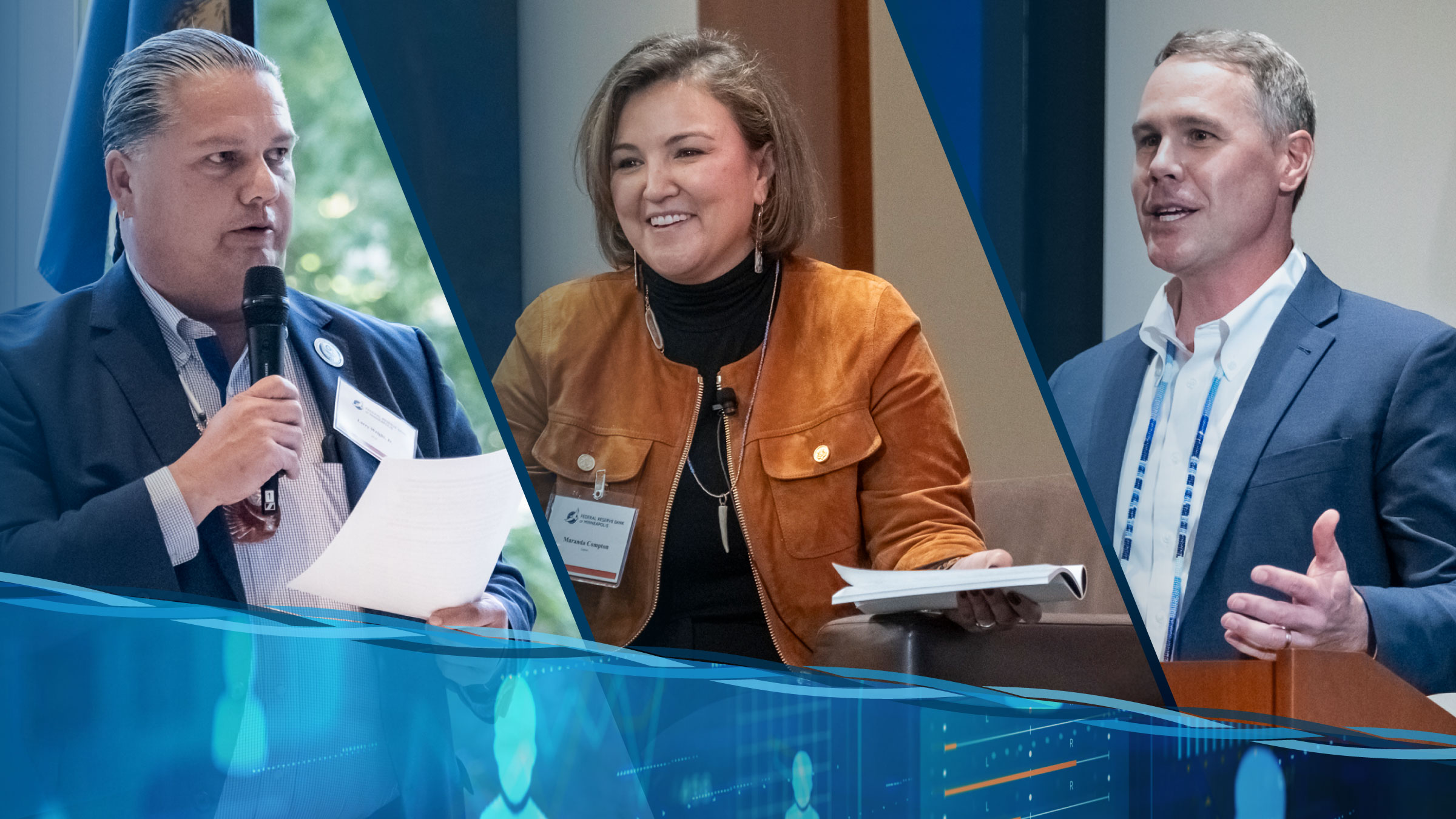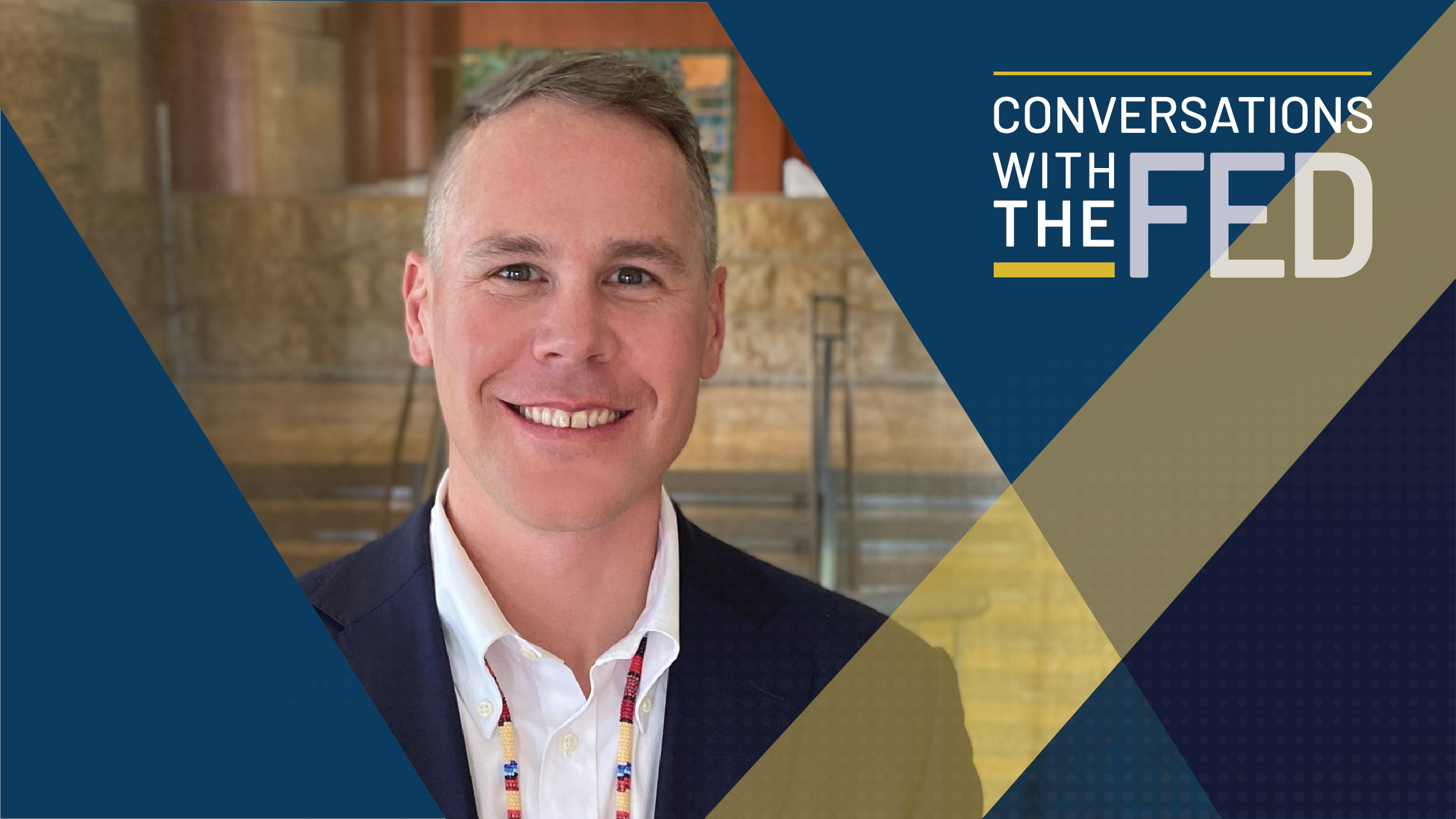The first Dakota language immersion Early Head Start and Head Start school in Minnesota opened its doors on August 1st, with the ambitious goal of raising a new generation of articulate and thriving Dakota language speakers.
The new school, C̣aƞṡayapi Waḳaƞyeża Owayawa Ṭi, which means Children Are Sacred School, serves the Lower Sioux Reservation near Morton, Minnesota. Its goal of providing both high-quality child development services and Dakota language learning reflects the growing interest in early childhood immersion-language programs among many Native communities across the country. These programs aim to revive historically suppressed but highly valued cultural practices while simultaneously helping new generations of Native children thrive in the modern world. Although it’s too early to fully evaluate their success, powerful bodies of research suggest that with the right approach and resources, Native communities’ aspiration to “revive and thrive” can be achieved.
The general desire to thrive — for community members to be healthy and materially secure — is elemental to all cultures. Contrary to some notions, poverty and privation are not Native values, and the indigenous tribes of North America sustained themselves quite well until their personal and political freedoms and economic resources were harshly diminished by Euro-American settlers. Today as well, I and the Native people I know want to pursue as many opportunities as possible to thrive in today’s society.
Likewise, I wish to embrace my Lakota heritage. Here in Minnesota, our Dakota relatives lived along the wooded shores of our lakes and rivers. They harvested wild rice, maple sugar, and cultivated gardens, keeping the community and culture intact through their richly descriptive language. Much of this heritage was destroyed and distorted by traumatic conquest and suppression of cultural lifeways, including language. Despite these setbacks, the tenacious survival of Native people serves as the foundation for today’s cultural revival, including keeping languages alive.
Is language and cultural revival attainable? Research and experience with schools like C̣aƞṡayapi Waḳaƞyeża Owayawa Ṭi suggest the answer is “yes.” Scientists who study brain development show that infants, toddlers, and young children have a tremendous ability for language learning, including discerning and learning multiple languages. In much of the world, multiple language learning is simply the norm. Among indigenous societies, the Maori of New Zealand pioneered early childhood indigenous “language nests” followed by language immersion programs for school-age children to revive the use of Maori as a living language, and their approach has been successfully transplanted to indigenous Hawaiian communities as well. These successes have sparked interest in other indigenous communities worldwide.
What about the equally important goal of thriving? Research also shows very clearly that positive early childhood experiences directly foster success in later life. Many parents have the experience and means to provide these positive experiences for their children. Where limited resources and other factors make it more difficult for parents to fully play this role on their own, research, including an important Minneapolis Fed study by Art Rolnick and Rob Grunewald, shows that high-quality early childhood development programs for disadvantaged children make a big difference. These programs more than pay for themselves through impacts on the children as they age, such as reduced grade retention and special education costs, higher adult income (and hence more taxes paid and lower use of public benefits), and lower rates of crime. In short, high-quality early childhood programs can give at-risk children, including the many at-risk children in indigenous communities, the ability to thrive as adults.
Braiding together these two strands of research — high-quality early childhood language immersion and child development programs — strengthen Native communities’ potential to thrive while also reviving their cultures. For example, cognitive neuroscientist Ellen Bialystok’s research on an array of childhood bilingual language experiences shows that as young children learn two or more languages, they also derive additional cognitive and behavior benefits that help them thrive. In Indian Country, the early childhood framework wrapped around language helps build a rich self-identity and the foundations for trusting relationships so important to cognitive and social development. According to Grunewald, “learning indigenous languages from a very young age may prepare Native American children for success in school and life, with benefits spilling over to their families and communities.”
Today, there are four Federally-recognized Dakota communities in Minnesota: Prairie Island, Lower Sioux, Upper Sioux, and Shakopee, with a combined population of about 4,000. But only five Dakota first-language speakers remain. Vanessa Good Thunder, founder and director of C̣aƞṡayapi Waḳaƞyeża Owayawa Ṭi, intends to increase that number at least twentyfold. She sees language immersion as a key strategy to strengthening the Dakota life ways and creating positive personal identities, infused with a sense of place and culture. In the high-quality immersive learning environment at C̣aƞṡayapi Waḳaƞyeża Owayawa Ṭi, Vanessa sees Dakota children from birth to five years of age learning to thrive but also knowing who they are and where they come from, thereby acquiring a resilient armor against stress and historical trauma that often weighs on many Native people.
This piece was published in Indian Country Today.
Patrice Kunesh is the director of the Center for Indian Country Development of the Federal Reserve Bank of Minnapolis. www.minneapolisfed.org/indiancountry @FedIndianCenter






